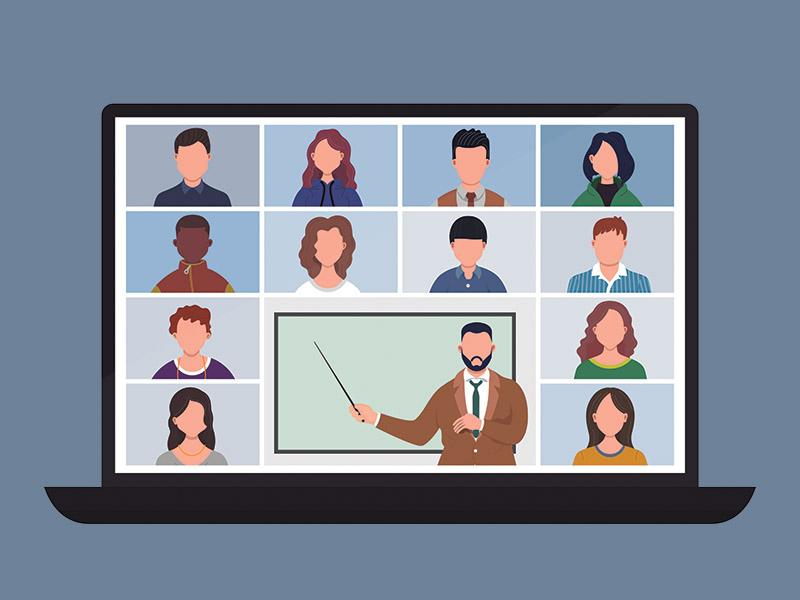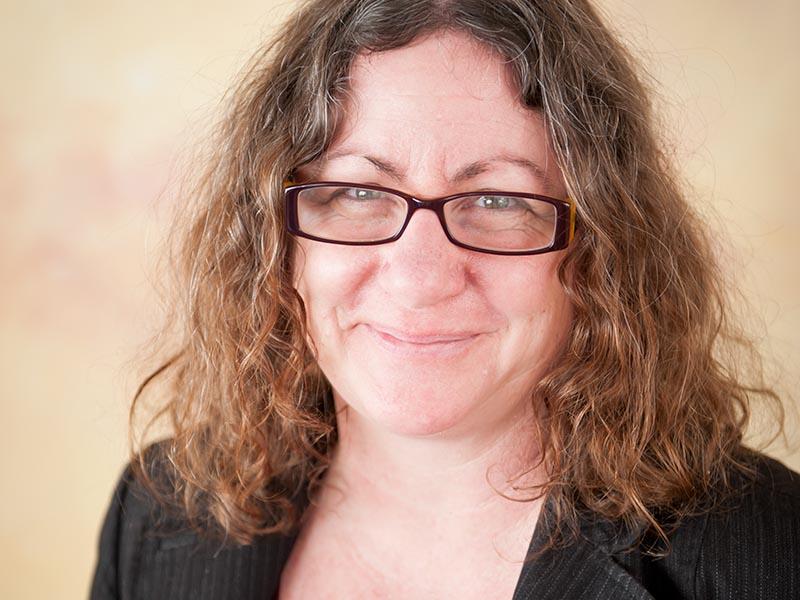Online Teaching Today and Tomorrow: Learning Design & Technology Professionals Share Their Insights


Even though UVA’s Grounds are open for in-person classes, online and hybrid instruction remain an important component of academic life during a global pandemic. For many UVA faculty members, the College and Graduate School of Arts & Sciences Learning Design & Technology team played an important role in helping move thousands of UVA classes online in the space of a few weeks in March of this year. Since then, the team has kept up with the technological changes and instructional innovations that are making it possible for educators to respond to new challenges and opportunities.

The office of Arts & Sciences Communications spoke with Gail Hunger, an instructional designer with the Learning Design & Technology team, and Sharisa Aidukaitis, one of the team’s digital pedagogy interns for their insights into where we are, what’s working and what’s next.
Q: What are the most common questions midway through this semester from A&S faculty looking for help tailoring their classes to virtual instruction?
SHARISA: “The majority of the questions I am seeing right now involve how to use specific digital tools in the classroom. We are answering a lot of questions about Zoom in particular — how to make it work with PowerPoint, how to manage breakout rooms, etc. Gradescope, VoiceThread, and Collab are other tools we have been receiving lots of questions about.”
Q: What has been the biggest need you’ve seen from faculty this semester, and how is the Learning Design & Technology team helping with that need?
GAIL: “Faculty need encouragement that they can effectively teach online. We share research- based best practices they can adapt for their specific needs in their courses.”
Q: In what ways are faculty successfully adapting to either online or in-person instruction?

SHARISA: “Faculty have learned a great deal about new tools and have adapted these tools to their courses. They have been flexible and willing to change their accustomed way of teaching (for example, using a document camera instead of a whiteboard to solve problems). They are more cognizant of technology in their classrooms and are going the extra mile to make sure both remote and in-person students are receiving the best education possible.”
Q: Beyond Zoom, what tools are helping faculty and students the most right now?
GAIL: “Beyond Zoom, faculty are using VoiceThread, Gradescope, and Peerceptiv. VoiceThread is a web application that allows you to record and comment on audio and video recordings. Instructors can create a narrated slideshow or a video of themselves explaining a concept. Students can submit audio or video assignments/questions/discussion topics. Gradescope is an online grading platform that allows instructors to administer exams and give assignments with an AI feature that allows grading with partial credit. Peerceptiv allows students to provide feedback to each other and also rate the feedback they receive.”
Q: From your team’s perspective, what are the challenges that remain to help students and faculty succeed in this uncertain environment?
SHARISA: “I think there are still a great deal of challenges facing our faculty and students: how to create a community of belonging under these strange circumstances, how to optimize technology to aid learning, and how to help students stay engaged in an online setting. One challenge in particular we’ve seen repeatedly involves managing hybrid courses and making sure that both remote and in-person students can equitably participate in lectures. Instructors teaching in this format effectively have to manage and merge two modalities simultaneously, and it is a challenge to meet each student’s needs.”
Q: What has surprised you about your work with faculty preparing for this fall and during this semester?
SHARISA: “I’ve been impressed by how resilient faculty members are during these challenging times. They have been willing to learn new technologies and move outside of their comfort zone in order to best help their students. It has not been easy for faculty, but they have pushed through their personal and technological challenges to create the best learning environment possible for their students.”
Q: What is one of the more innovative teaching approaches that you’ve seen applied this fall?
GAIL: “A faculty member was making podcasts of his lectures. Students really appreciated his approach because he explained he designed them to relieve students from online meetings. Students expressed they enjoyed the flexibility of listening to the content. I have also seen large enrollment classes in Chemistry and Statistics use MS teams to facilitate problem-based sessions effectively.”
SHARISA: “Introductory biology developed a mailable kit to send to students so that they could participate in labs at home. Other science classes have also done this, effectively recreating hands-on laboratory activities for their students in a completely remote environment. This took a great deal of planning and preparation — making sure that only safe materials were distributed, coordinating mailing, and providing adequate TA supervision over Zoom to help the students succeed in carrying out the labs.”
Q: What is an effective way for professors to build a strong sense of community for students, especially first years?
SHARISA: “One of the most important things that instructors can do is normalize the reality that we are all going through tough times. Instructors ought to create space in their course to acknowledge the difficulty of the present moment and allow students to connect with each other over their shared challenges. It is also incredibly helpful for instructors to create social spaces for their students within the framework of the course — this could be as simple as a 2-minute ice-breaker to start each class or a joke of the day or even a discussion board on the course site where students can post something about themselves.”
Q: How do you think our learning experiences this year will impact the classroom experience once the pandemic is behind us?
GAIL: “I believe this will impact everyone for years to come. Students will reflect on their resilience that they can learn in any learning environment. While they may be uncomfortable right now, they can apply this in their professional lives, regardless of context or location.”
SHARISA: I think instructors will take stock of their teaching methods — both in-person and online — and decide what are the best parts of each and then apply those to their courses going forward. These current circumstances have really forced instructors and students to analyze what is most important (both content-wise and with time-management), so these new priorities will hopefully help courses to be more efficient, focused, and effective going forward.”
To share feedback on your own teaching experience this fall, please take a moment to participate in a brief survey sponsored by the Learning Design & Technology team. The survey will remain open until Friday, October 8th.




